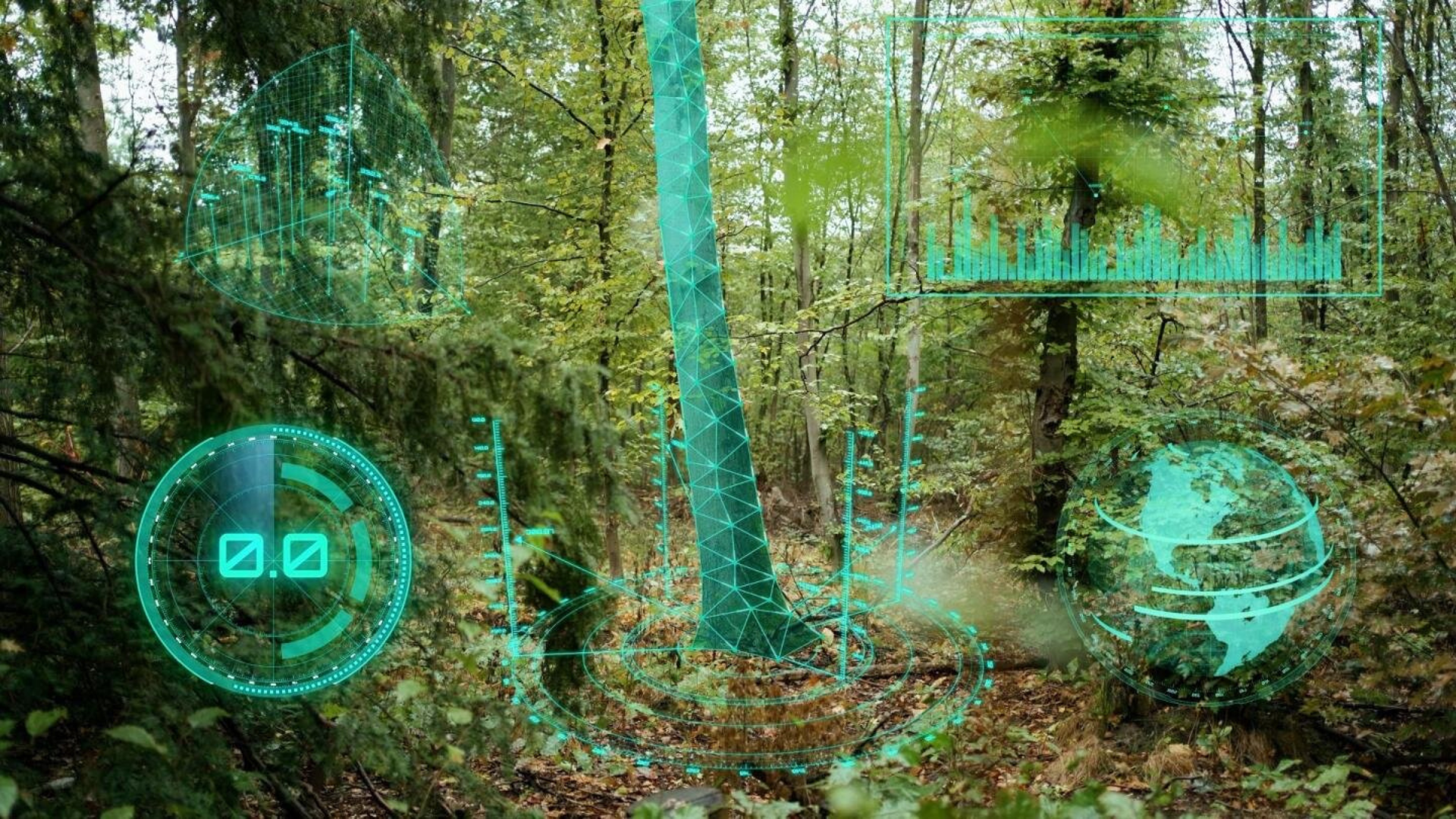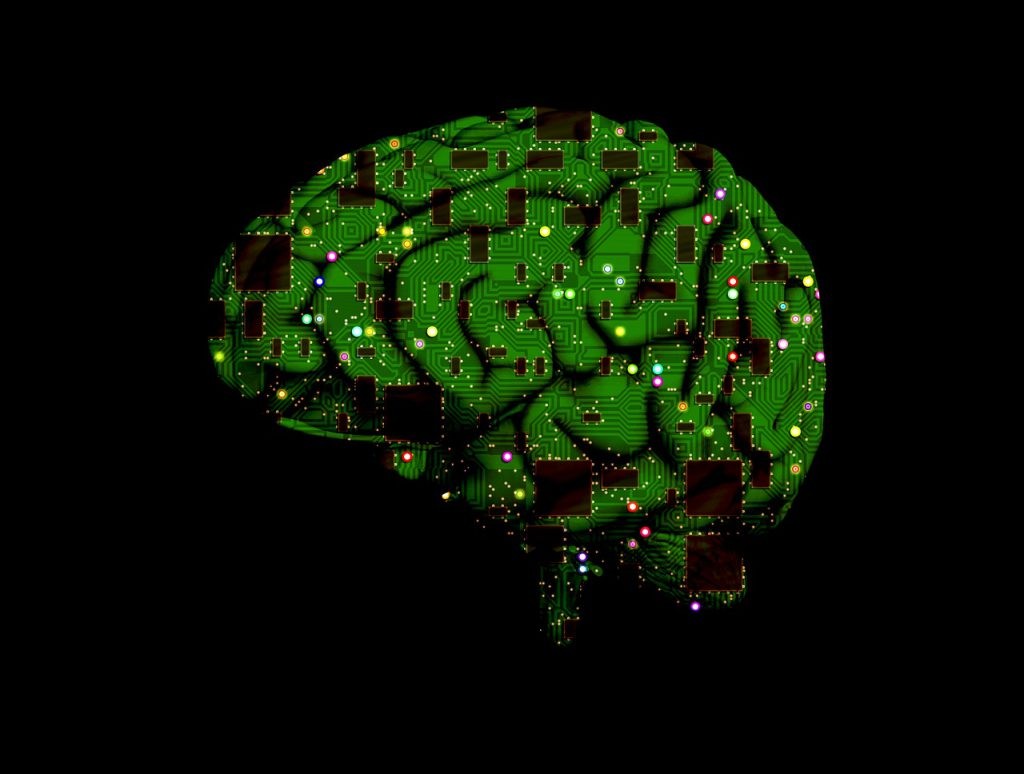
Amazon and Artificial Intelligence: A Strategic Link
*This is an AI-powered machine translation of the original text in Portuguese
Technology is a key tool for environmental protection. Therefore, on Amazon Day, it is essential to discuss the increasingly close connection between the use of technologies that adopt Artificial Intelligence (AI) as a tool for analyzing strategic information. Although, at first glance, they may seem unrelated topics, the use of AI has significant potential to enhance the monitoring of human activities in protected areas, planning enforcement operations, and mitigating identified environmental problems, all of which are crucial for the preservation of the Amazon Rainforest.
There are a number of government and private initiatives in Brazil and around the world aimed at making the processing of data obtained from forest monitoring more efficient, for the purpose of defining economic activities compatible with environmental preservation and shaping public policies.
In 2023, Brazil was the second country in the world in climate-related searches, according to Google Trends.[1] Companies like Google have launched initiatives focused on environmental issues, such as Earth Timelapse, which allows visualization of the progress of climate changes on the planet over the last 40 years, and Digitais da Floresta, which, in partnership with The Nature Conservancy, enables the tracking of illegally extracted wood.[2] Other companies have also launched their own initiatives related to environmental issues, such as the Microsoft's Planetary Computer – an environmental database – and Earth on AWS[3] – a geospatial database by Amazon. These data are being used by various institutions, including NASA, to guide their decisions.[4] Satellite observation systems, crucial for combating deforestation in the biome, such as Prodes and Deter from the National Institute for Space Research (INPE), are increasingly applied in mapping initiatives that utilize AI.[5] Mechanisms and instruments created to promote forest protection and foster the bioeconomy, such as Payment for Environmental Services and REDD+, are also expected to be boosted by the use of technology.
The United Nations Environment Programme (UNEP) is adopting AI systems to analyze large-scale information, for example, through the World Environment Situation Room (WESR). David Jensen, coordinator of UNEP's digital transformation program, emphasizes that artificial intelligence can be crucial for global environmental monitoring. The WESR aims to be a hub for global environmental indicators.[6]
These initiatives align with the goals of the United Nations Framework Convention on Climate Change and the Brazilian government's aim to eliminate deforestation in the Amazon by the end of the decade.[7] This goal can benefit from an updated and qualified view of the forest conservation status, as monitoring this data via artificial intelligence allows for real-time mapping of pattern changes to be improved and enhanced. According to WWF data, predatory exploitation of protected areas in the Amazon Rainforest accounts for 95% of wood production in the region. The possibility of constant mapping of areas being exploited through automated means allows human analysts to focus their analysis on regions previously flagged by the computational model. The use of AI in monitoring agricultural and livestock production chains can ensure the effectiveness of deforestation prevention, benefiting companies that join Amazon defenders' coalitions. Solutions of this kind are already being offered by companies like Terras App Solutions, a startup that provides complete traceability of agricultural production – from birth to cattle slaughter and from harvested soybeans to shipped soybeans.
Moreover, related applications such as image recognition for identifying illegal hunting and fishing, or for remotely monitoring the development of endangered species, have already demonstrated successful experiences[8], and are crucial for achieving the goals set at the United Nations Conference on Biodiversity.
Therefore, this connection between the Amazon and Artificial Intelligence should be at the heart of the discussion because technological innovation can assist in environmental preservation when applied with this goal in mind. Promoting these and other environmental preservation initiatives is essential for the objectives of sustainable development, and technology has the potential to be a significant ally.
References
[1] https://exame.com/esg/como-os-greenglers-os-googlers-do-esg-pretendem-usar-o-google-para-preservar-a-amazonia/
[2] https://exame.com/esg/como-os-greenglers-os-googlers-do-esg-pretendem-usar-o-google-para-preservar-a-amazonia/
[3] https://aws.amazon.com/earth/
[4] https://youtu.be/Sh7FB-tkYXM
[5] http://www.obt.inpe.br/OBT/noticias-obt-inpe/nova-pesquisa-com-a-participacao-do-inpe-usa-inteligencia-artificial-no-mapeamento-de-larga-escala-de-palmeiras-na-amazonia
[6] https://www.unep.org/news-and-stories/story/how-artificial-intelligence-helping-tackle-environmental-challenges
[7] https://www.reuters.com/world/americas/brazils-lula-launches-plan-stop-deforestation-amazon-by-2030-2023-06-05/?utm_source=cbnewsletter&utm_medium=email&utm_term=2023-06-06&utm_campaign=Daily+Briefing+06+06+2023
[8] https://ts2.space/en/the-use-of-artificial-intelligence-in-environmental-monitoring/#google_vignette



